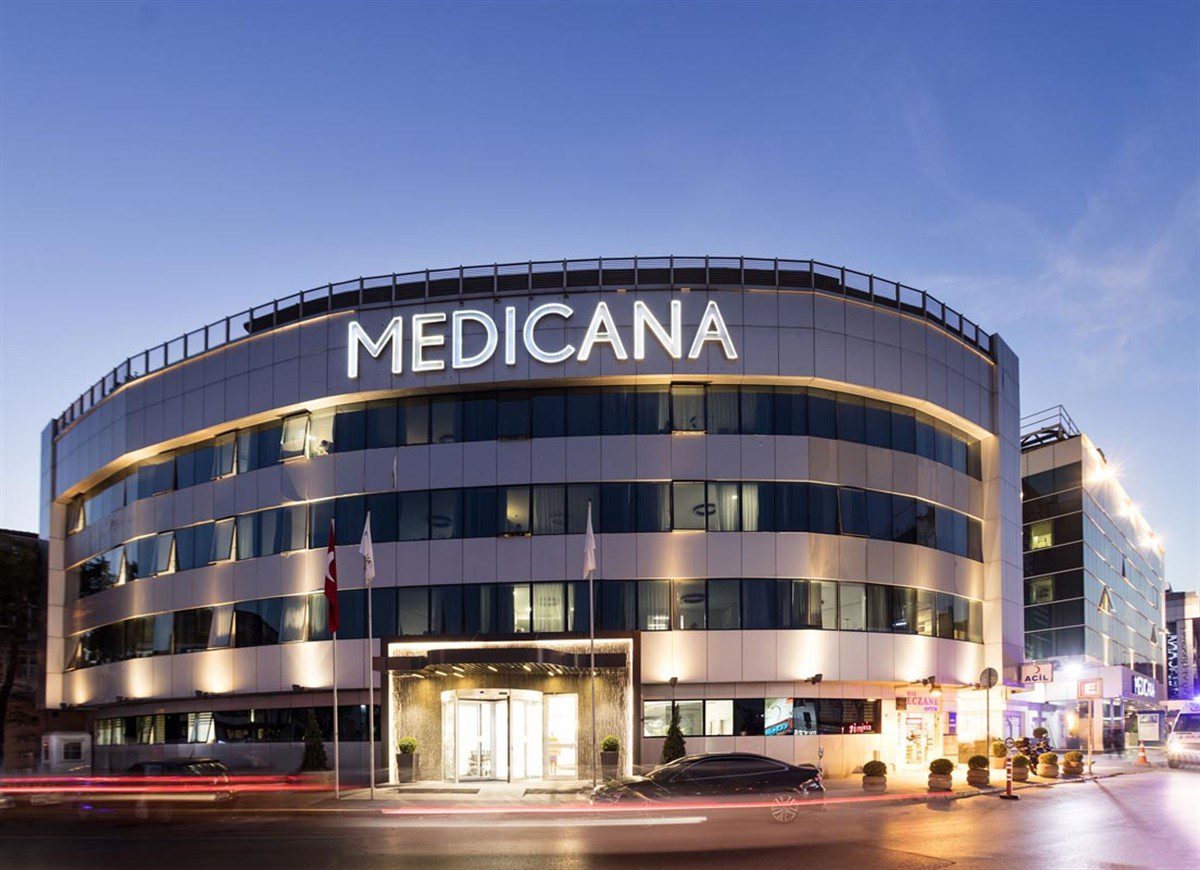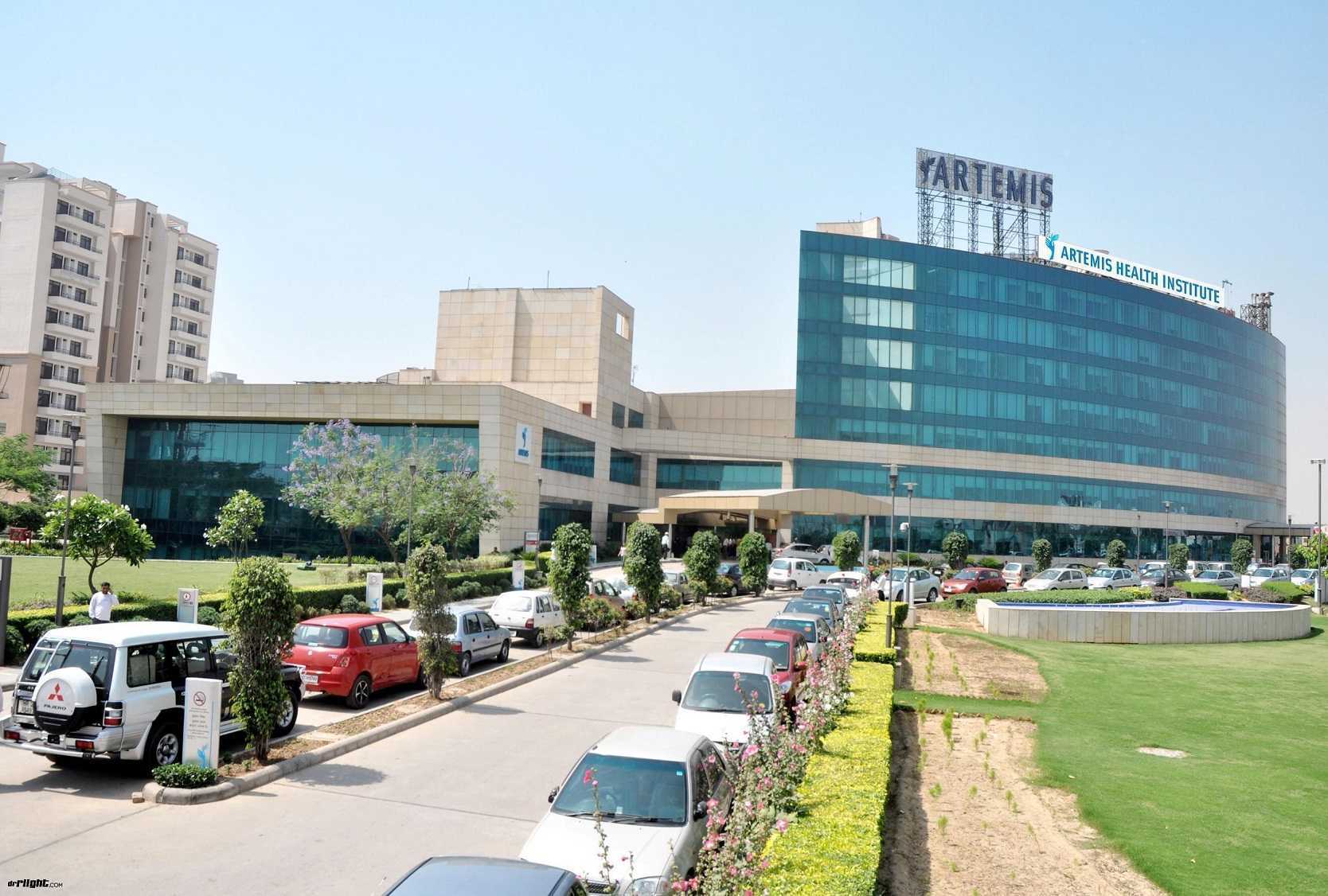Rhinoplasty: When Surgery is Needed, Types and Risks
Rhinoplasty – surgical procedure when the surgeon reshapes the patient’s nose. Operation can affect the cartilage – the lower nose part, the bone – the upper one, or change the organ completely. Need to resort to rhinoplasty can be aesthetic – appearance changing, and physiological – respiratory processes improvement, etc.
Nose job types
Rhinoplasty is necessary as a medical procedure and for cosmetic purposes. Certaine following rhinoplasty types can be distinguished:
- hump removal;
- nose tip changing;
- nostrils size correction;
- bridge straightening;
- serious nose trauma led to its significant modification – postoperative correction;
- airways opening;
- nose size and shape correction.
Cost for rhinoplasty is estimated depending on the operation type and its complexity. Minor cosmetic changes will cost relatively inexpensively. Nevertheless, if it’s a significant surgical modification, the cost of a rhinoplasty will increase.
Possible risks connected with operation
There are certain risks connected with rhinoplasty. The following are most common.
- Nose feeling loss.
- Open bleeding doesn’t stop for a long time.
- Infection or inflammatory process development.
- Occurrence of anesthetic allergic reaction.
- Scarring of the tip nose skin tip or around the nostrils.
- Nerve damage that can’t be repaired.
Thus, additional surgical intervention is necessary. Less common complications include:
- difficulty breathing through the nose;
- strong skin swelling and discoloration that doesn’t disappear;
- hole appearance in the nasal septum.
These complications are eliminated surgically.
Postoperative period and recovery
After nose plastic surgery, patients spend time in bed with their head elevated above the chest – it’s fixed with a special bandage. It’s aimed at reducing swelling and preventing bleeding. Nose may be stuffy for a while, as swelling is present. Sometimes, splints are placed inside to form a frame during surgery.
Dressings and other things are removed after 7 days, nevertheless, this period is individual for each patient. During the same week, slight blood or mucous discharge may be observed from the nose. To absorb them, a piece of gauze with a sticky surface is attached under the nose – small drainage systems. Gauze is changed according to the doctor’s prescription – don’t press it too hard on your nose.
Other bleeding prevention precautions:
- patients shouldn’t overload the body, particularly, intensely play sports;
- water mustn’t accidentally get on the operated area, and it’s recommended to replace the shower with bathtub;
- you can’t blow your nose;
- large amount of fiber-rich foods should be included in diet; it’ll help to avoid constipation and additional pressure on the damaged area;
- reduce your salt intake; it’ll help reduce swelling;
- you can’t abruptly change facial expressions, laugh and smile;
- be extremely careful brushing your teeth, limiting the upper lip movements;
- as for clothing, choose one that fastens at the front, and isn’t put on over the head;
It’s forbidden to wear glasses for a month to prevent pressure on the nose. If a person spends hours in the sun after surgery, sunscreen should be used. Excessive sun exposure provokes permanent nose discoloration.










